Product Description
Low Visibility Operations e-course:
Who should take the course?
- Flight Crew, Flight Instructors
How long is the program?
- The course is designed to be completed in average of 35 minutes.
This Low Visibility Operations course is in conformity with:
ICAO DOC 9365 AIR‐OPS Subpart E
EC‐regulations and ECAC (European Civil Aviation Conference) recommendations
AMC1 SPA.LVO.120 Flight Crew Training and qualifications
What is covered in the course?
Low visibility take-off
Low visibility approach and landing
1) characteristics and limitations of the ILS and/or MLS;
(2) characteristics of the visual aids;
(3) characteristics of fog;
(4) operational capabilities and limitations of the particular airborne system to include HUD symbolic and EVS characteristics, if appropriate;
(5) effects of precipitation, ice accretion, low level wind shear and turbulence;
(6) effect of specific aircraft/system malfunctions;
(7) use and limitations of RVR assessment systems;
(8) principles of obstacle clearance requirements;
(9) recognition of and action to be taken in the event of failure of ground equipment;
(10) procedures and precautions to be followed with regard to surface movement during operations when the RVR is 400 m or less and any additional procedures required for take-off in conditions below 150 m (200 m for category D aeroplanes);
(11) significance of DHs based upon radio altimeters and the effect of terrain profile in the approach area on radio altimeter readings and on the automatic approach/landing systems;
(12) importance and significance of alert height, if applicable, and the action in the event of any failure above and below the alert height;
(13) qualification requirements for pilots to obtain and retain approval to conduct LVOs; and
(14) importance of correct seating and eye position.
After completing all the chapters, the user is presented with a test in order to test his knowledge.
Will I receive a certificate upon completion of the course?
- Yes, you will receive a certificate that documents your training.
For airlines interested in volume licensing for e-learning, please go to ael.aero

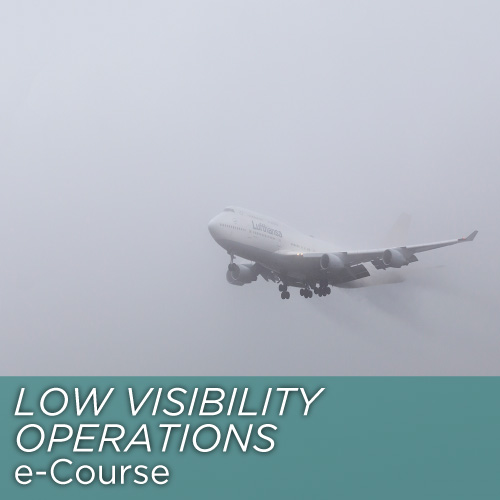
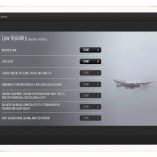
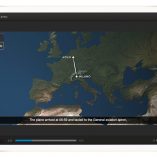
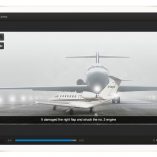

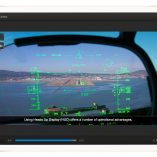
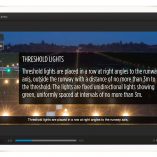
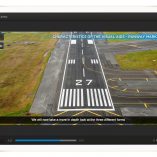
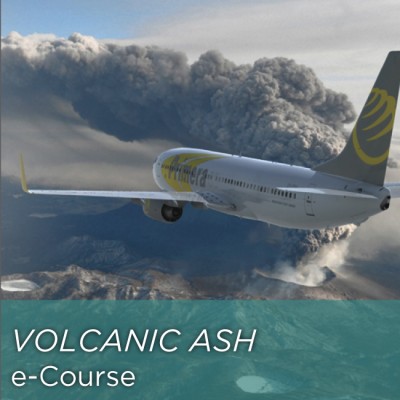
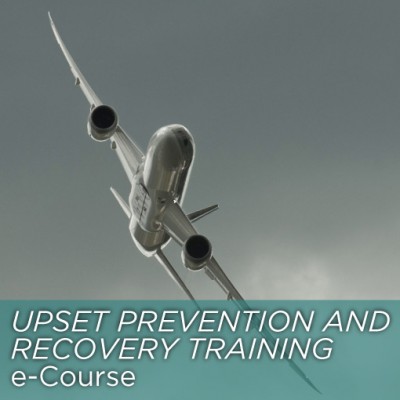
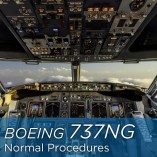



Reviews
There are no reviews yet.